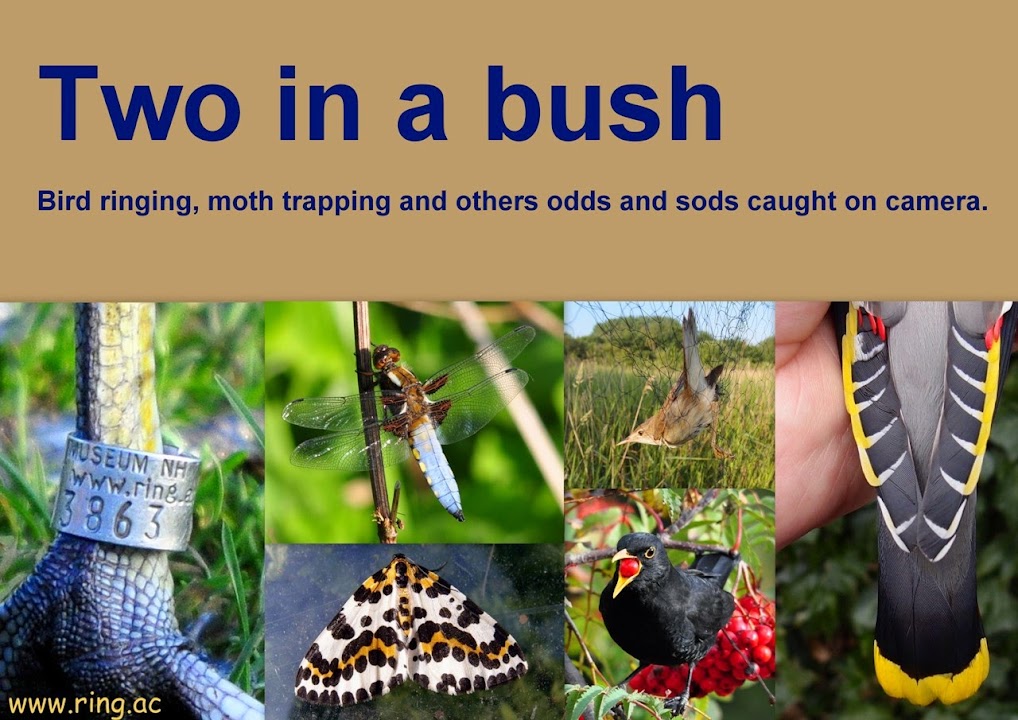Willow Warblers are generally single brooded and although they are amongst the first of the summer visitors to arrive they have a pretty tight schedule as autumn migration peaks towards the middle of August and the adults also have to fit in a complete moult. The schedule is so tight adult Willow Warblers may start to moult before they have completed breeding, they also moult quite quickly and they often start migrating before the moult is complete. That tight schedule limits the opportunity for late broods (be they second broods or repeat nesting attempts following earlier failures) which means the chances of there being a surge in juvenile numbers from them is really quite low.
While there is evidence that climate change is causing some summer visitors to arrive a little earlier and depart a bit later than they used to it doesn't mean the duration of stay of individuals is getting significantly longer nor does it mean the timing of migration has changed significantly for the bulk of the population. Willow Warblers that arrive a little earlier may simply be amongst the first to leave and those that stay later are more likely to be juveniles and they may also be compromising their survival chances by a later departure. It certainly doesn't look like climate change is extending the breeding season for Willow Warblers or likely to lead to an increased occurence of second or late broods.
Whilst climate change may be extending the spring and autumn periods the major impact on Willow Warbler productivity is caused by the weather during the breeding season, and the levels of rainfall in particular. It is not just the amount of rainfall that matters but also its intensity that can make all the difference when it comes to breeding outcomes and more intense rain is one of the consequences of a warming climate. Met Office statistics show June 2017 has been amongst the wettest on record, with the UK as a whole having 50% more rainfall than average. Whilst North Merseyside wasn't one of the worst affected areas in terms of increased rainfall it did experience some intense downpours that could have led to increased nest failures and increased mortality of recently fledged young. Parts of northern England and southern Scotland have received more than twice the normal June rainfall and that could have had an even bigger impact on productivity in those regions.
So it seems to have been a wash out for Willow Warblers this year and while there may be some regional differences I suspect the overall picture will show productivity is below average and well below that of last year. The higher number of adults caught in July may have been due to a high incidence of failure late in the nestling stage as that wouldn't have left enough time for those adults to make another breeding attempt. Such failed breeders may have started migrating a little earlier as a result.
Other ringing highlights from the 10th were: a young male Sparrowhawk, the first of the autumn; another 5 new Goldcrests bringing their August total to 14 and autumn total to 33 which is well up on last year; 2 Tree Pipits from at least 12 seen which is the first double figure movement of the autumn and fairly typical for the date.
 |
| This young male Sparrowhawk had the odd remnant of down on the tips of some of the feathers of the mantle. |
 |
| I love Tree Pipits. |



No comments:
Post a Comment